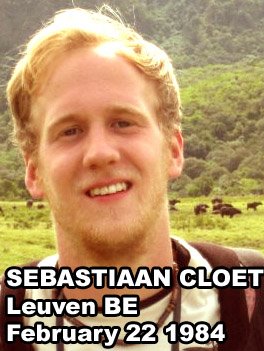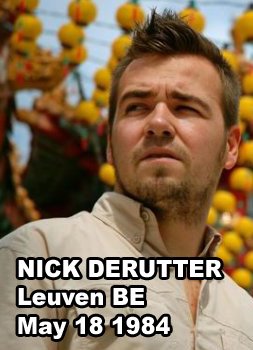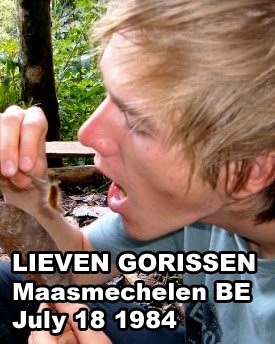 Howdie folks!
Howdie folks!Have you ever felt like Robinson Crusoe, Indiana Jones and Stefan Everts at the same time? I have!!



For most South America trekkers, tiny Polynesian Rapa Nui - Isla de Pascua, Easter Island, Paaseiland - is entirely off the map. I díd stretch to go the distance. Historian as I am, the island and its remains of a thriving ancient culture has always intrigued me. Back in Nicaragua, I decided my time had come and booked a flight to my dream destination.
The first European to set foot on the island was Dutch navyman Roggeveen and his timing (Easter Sunday, 1722) sealed its moniker. I was the second European visiting the island.

Four days ago, a six hour flight from Chile's capital brought me onto a piece of land in the middle of nowhere - well, in the middle of the Pacific. I've been loving it every day since. On my huge little motorcycle, I cruised from site to site, left no single dirtroad safe for others.



Located in the South-Western corner, Hanga Roa is the only village on Isla de Pascua. The rest of the island is Chilean national park; wall-like cliffs and paradisiacal beaches, volcanos and grass-sculpted landscapes, birds of prey and wild horses.





How such an isolated island became inhabited has long stumped historians and archeologists. The most widely accepted answer is that people came from southeast Asia and populated the Polynesian triangle of Hawaii, New Zealand and Rapa Nui. On Rapa Nui, two civilizations formed: the Long Ears of the east and the short Ears of the west, both of whom built large stone altars and put huge statues on top - the famous 'moai'. Never looking out onto the sea, always keeping an eye or two on their people, they represent actual ancestors. The statues were carved out of Rano Raraku, a volcano in the eastern part of the island. The use of timber to move the moai would partly explain the island's deforestation. Warfare and tropical storms did no good to the 850 moai. Most of them were toppled of the ahu and broke to pieces. Recently, many were restored upright.





It's not clear why ancient Rapa Nui's civilisation collapsed. It seems that, at one point, everyone was carving statues and nobody was farming the land...








1 comment:
Allow me to say that I am most jealous of this epic journey.
Post a Comment